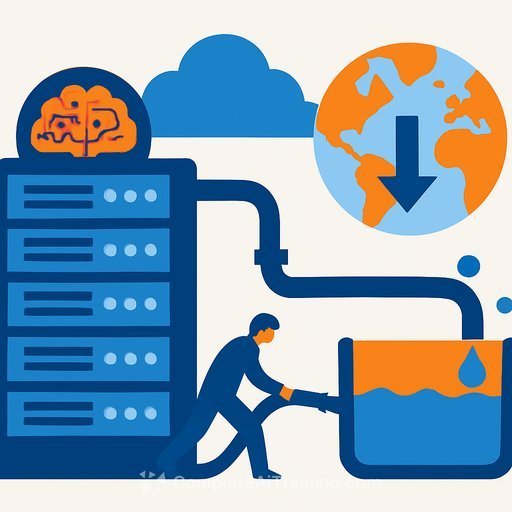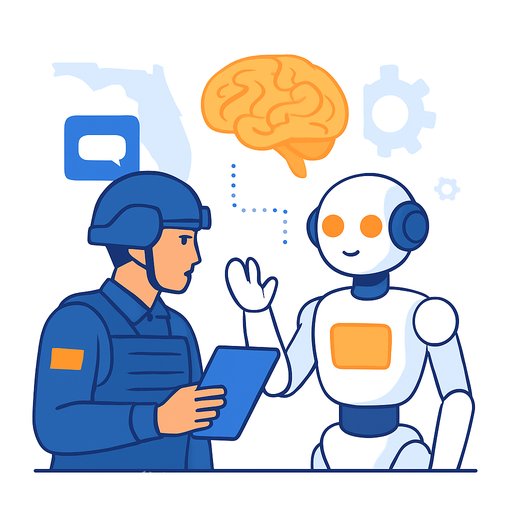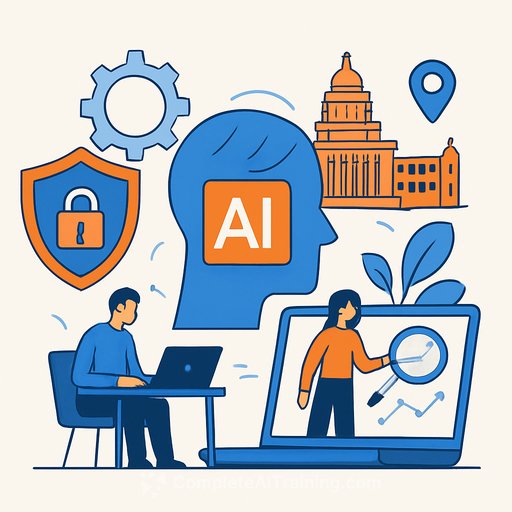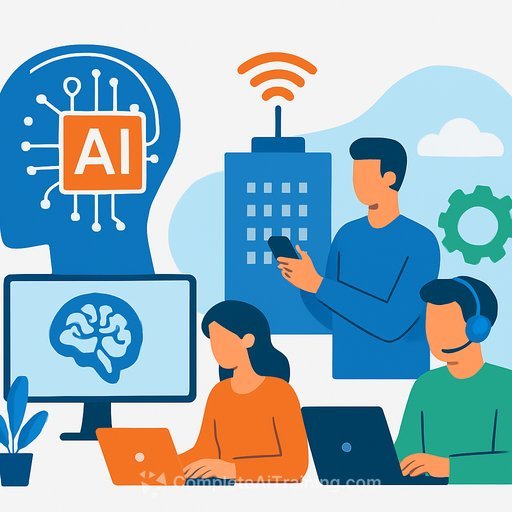How IBM is Transforming Government and PSU Operations Through AI and Automation
Efficiency, transparency, and citizen engagement are top priorities for governments and public sector undertakings (PSUs). Many are shifting to digital processes, where artificial intelligence (AI) and automation play a key role in streamlining operations and improving decision-making. IBM provides practical solutions that address the core challenges faced by these organizations, helping them modernize workflows and better serve citizens.
Challenges in Government Operations
Many government departments in India still rely on paper-based workflows. This results in slow data collection, limited accessibility, and manual approvals. Forms in regional languages like Malayalam or Marathi add complexity. Departments often operate in silos with poor data quality and no centralized systems, which hinders real-time tracking and evidence-based decisions. Most data is reactive, causing delays and inefficiencies. To change this, digital tools must create a strong data foundation that supports automated workflows, AI analytics, and smoother citizen interaction.
IBM’s Approach to Digital Transformation
IBM addresses these issues by focusing on effective data collection and cleaning. Their solutions extract data using Optical Character Recognition (OCR), including from native language forms, and translate it into English for wider use. Master Data Management (MDM) helps create a “golden record” by removing duplicates and ensuring data accuracy. For storage, IBM offers Lakehouse architectures that combine the strengths of data lakes and warehouses, allowing departments to manage large volumes of data, including images and videos, in one place.
Workflow automation is central to IBM’s strategy. From data analysis to deploying machine learning models, IBM emphasizes solid data management to make government processes faster and more reliable.
Hybrid Cloud and AI Platforms as Key Enablers
IBM’s data automation and AI platforms are built to meet public sector needs. Innovation starts with AI-powered citizen engagement to create policies that reflect citizens’ needs. Using IBM’s hybrid cloud solution with Red Hat OpenShift, governments can build and deploy applications with low-code/no-code tools, cutting development time and costs.
IBM also offers advanced technologies like quantum computing and AI agents for decision support, predictive analytics, and real-time data processing. Platforms such as Vatinx.data and Vatinx.ai help handle high-volume analytics and improve operational efficiency.
Foundation Models and Generative AI in Governance
Foundation models mark a shift from traditional machine learning. They are flexible and can work with unstructured and unlabeled data, making them suitable for translation, sentiment analysis, and code generation. Generative AI (GenAI) can create content such as reports and images from simple prompts, speeding up processes and reducing computational costs.
Agentic AI takes this further by enabling multiple AI agents to collaborate on tasks like research, documentation, and code execution. IBM supports both rule-based and workflow-driven automation to make systems smarter and context-aware.
Real-World Applications and Success Stories
IBM’s AI and automation solutions are already in use across various Indian states. For example, a chatbot for the Government of Rajasthan interacts with citizens in their native languages, helps update Aadhaar details, and provides easy access to services. In banking, AI agents streamline Know Your Customer (KYC) processes using workflow automation. These examples show how IBM’s tools solve practical problems.
Preparing for a GenAI-Enabled Government
Adopting generative AI requires a focus on cybersecurity, multi-channel communication, hybrid cloud integration, and platform enablement. IBM’s solutions support these layers, ensuring secure data interoperability across on-premise and cloud environments.
Once these foundations are in place, AI can drive digital governance that replaces outdated paperwork and manual systems.
A Full Automation Suite for the Public Sector
IBM provides tools covering all phases of application development and integration. This includes DevOps optimization, IT automation, and environmental intelligence to build a cohesive digital governance model. Security is a priority, with identity management, incident detection, and system lifecycle monitoring.
Observability tools provide insights into system performance, helping departments quickly address issues. Environmental intelligence solutions also measure carbon footprints and support sustainable policymaking.
Custom Solutions for Government Functions
IBM offers modules for app modernization, code generation, IT automation, and data platform engineering tailored to government requirements. HRMS functions such as employee onboarding and retirement planning benefit from these solutions, making internal operations and citizen services more efficient and transparent.
Conclusion: Building a Future-Ready Public Sector
IBM’s integrated approach to AI and automation helps governments and PSUs move away from legacy systems toward digital-first operations. By improving data accuracy, enabling scalable AI models, and providing effective automation, IBM supports a more agile and citizen-focused public sector. Partnerships with technology providers like IBM will be essential for secure, inclusive, and sustainable digital governance.
Your membership also unlocks:






